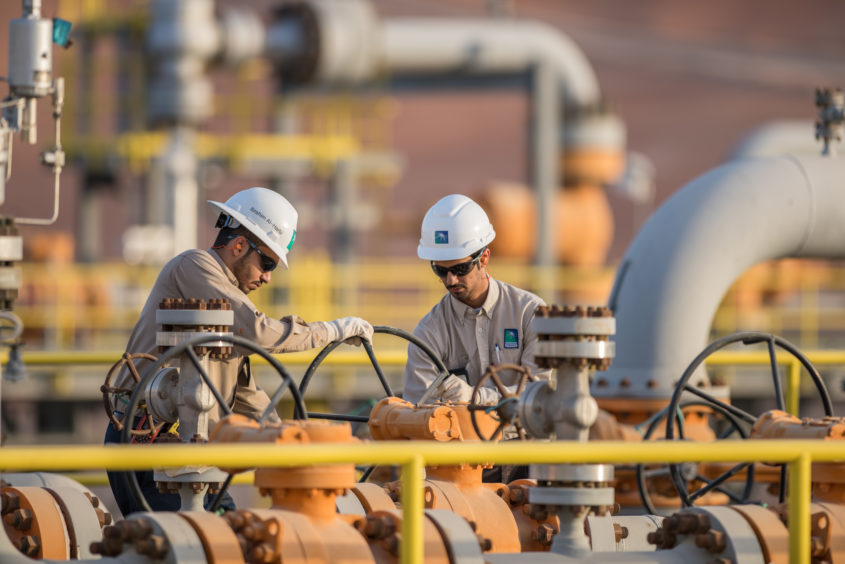
Saudi Aramco has dialled down plans for capacity expansion, throwing some ambitious projects into disarray and potentially suggesting a new direction.
Aramco announced the Saudi Ministry of Energy had directed the company to maintain maximum sustainable capacity at 12 million barrels per day.
In March 2020, the ministry instructed Aramco to boost production to 13mn bpd.
Saudi Arabia produced 8.956 million bpd in December, according to OPEC’s secondary sources. The country has carried out a number of cuts in recent times in order to defend prices.
Aramco said it would provide an update on its capital expenditure plans at its full-year results for 2023, in March. Spending in 2022 reached $37.6 billion, an 18% increase from 2021. The company had expected capex in 2023 to be $45-55bn, predicting that spending would increase until around 2025.
RBC associate director of European research Biraj Borkhataria said that upstream spending in 2023 was probably around $30-35bn.
“All in all, we expect the capex budget could be lowered by ~$5bn per annum over the coming years relative to the prior guidance,” he said.
Citing talks with Aramco this morning, Borkhataria said projects that had reached a final investment decision (FID) would continue as planned. These include the 600,000 bpd Zuluf, 300,000 bpd Marjan and 250,000 bpd Berri.
Safaniya, which will have 700,000 bpd of capacity, is “likely to be deferred”, the RBC analyst said.
In addition to dropping new greenfield projects, Aramco will also cut back infill drilling, he said. This would be likely to increase decline rates, ahead of the typical 3-4%, the analyst continued.
“Notably, development plans for associated liquids, and more importantly, natural gas remain unchanged, with the company having its first foray into the LNG space recently.”
Long term
Aramco’s move is likely to drive speculation around the longer-term expectations for oil demand, Borkhataria said. One upside for Aramco, he said, would be a likely increase investing in LNG or new energy projects. Cutting Middle Eastern activity would also cool the services market.
Saudi’s decision to increase its MSC came at a time when the country was locked in conflict with Russia. Moscow, in March 2020, had refused to participate in oil production cuts. Saudi responded by upping production and slashing prices, causing Brent to fall to $34 per barrel.
COVID-19 overshadowed the price war, driving both countries to adopt a more conciliatory attitude.
Tom Erik Kristiansen, equity partner at Pareto, speaking last week said Russia was still delivering on its promises. “Saudi proved their willingness to flood the market in 2020. [Those in the market] are aware of that and I don’t think they will have to prove that again.”
